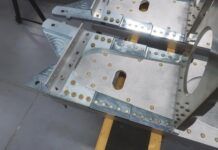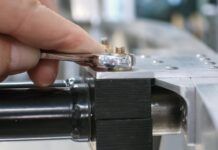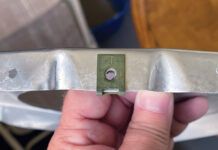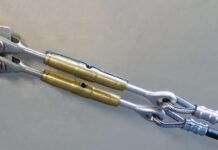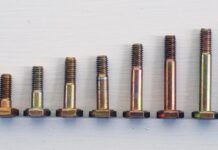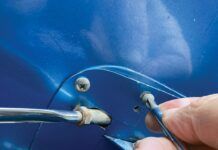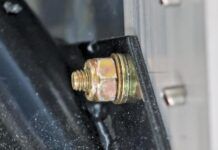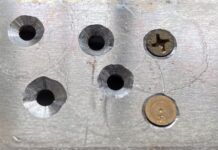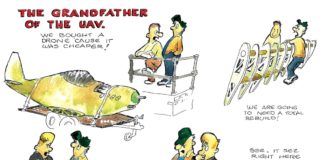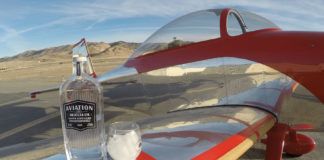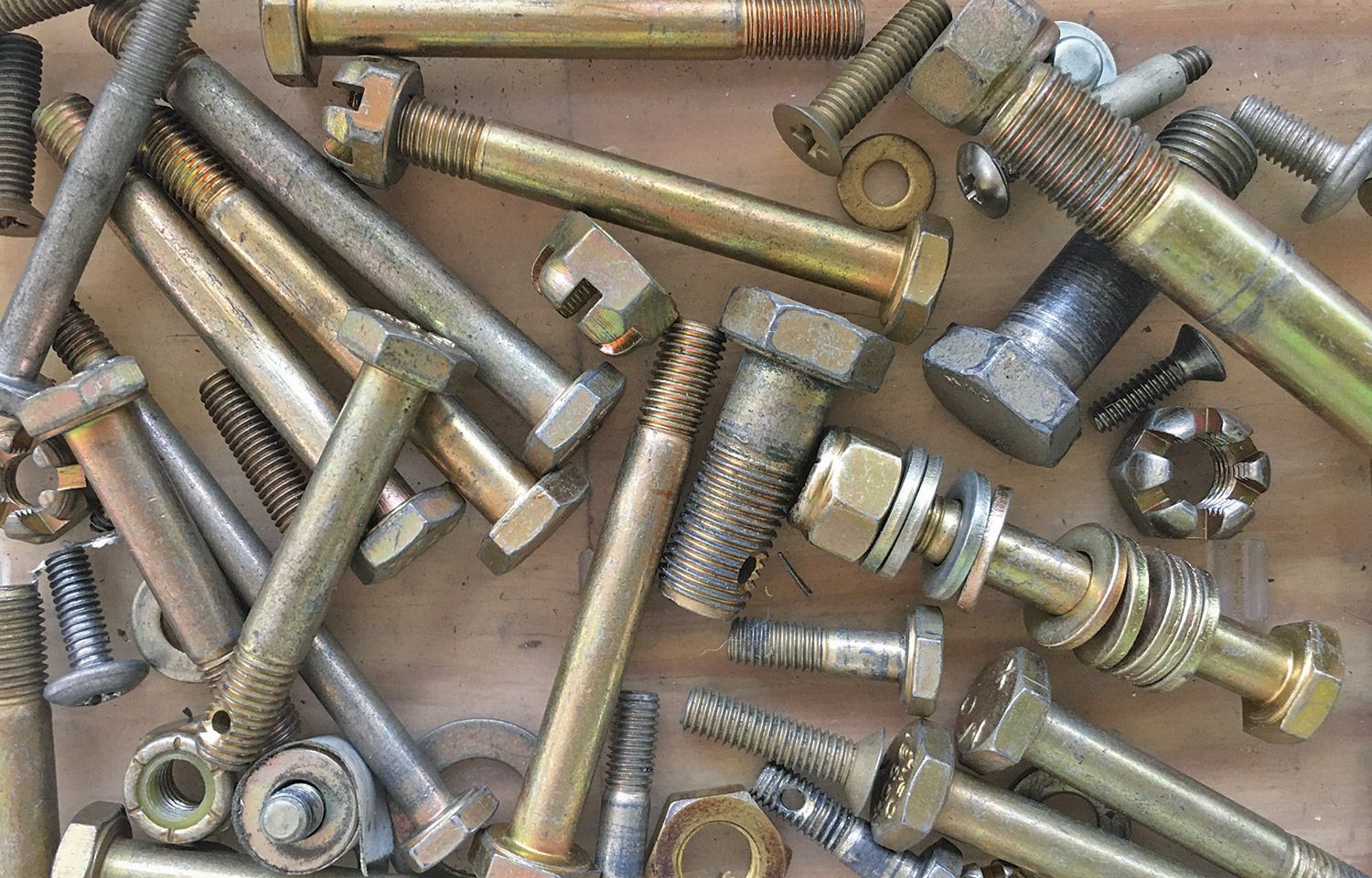 As a new kit builder, you may have wondered about that gold-colored AN hardware that must be used. What’s so special about this grade of hardware? Is it really any better than the stuff from the hardware or auto parts store and specifically, how so?
As a new kit builder, you may have wondered about that gold-colored AN hardware that must be used. What’s so special about this grade of hardware? Is it really any better than the stuff from the hardware or auto parts store and specifically, how so?
It’s time we get a good understanding of what separates AN aircraft hardware from the popular high-quality Grade 5 and Grade 8 nuts and bolts available locally. If you are not convinced that AN hardware is better, you might be tempted to substitute that missing AN bolt for one of a lesser pedigree someday!
A wise old A&P mechanic once said that we often ask the wrong question regarding aircraft hardware. We should not ask if the hardware is stronger—we should ask if it will last longer! Aircraft tend to be relatively lightweight structures with heavy vibrating engines and spinning propellers. They are subject to weather, turbulence and the resulting stresses in all directions. And what about those hard landings? We want the last flight 30 years from now to be just as safe as the aircraft’s very first flight. Therefore, we do not want our fasteners to fatigue—or wear out over repeated cycles of stress. (This is the definition of fatigue strength: the highest stress a component can take without failing over a number of repeated cycles). The tensile or shear strength of a bolt (how hard you can pull it apart or cut it off) is important too, but only part of the story.
Aircraft need fasteners that are both strong and more fatigue resistant than standard industrial hardware. This is the reason we use the AN variety. It meets the stringent guidelines of the aerospace and Army-Navy industries. To achieve these standards, the AN specification includes requirements for not just the underlying material they are made from, but also for design specifications, tolerances and coatings/finishes.
From a design perspective, the threads of an AN bolt have a slightly different thread profile with a root radius slightly larger than conventional fasteners. This means that the thread shear, tension and fatigue strength are increased with this design. This different thread geometry results in more thread engagement area between the nut and bolt. There is less thread clearance between the male and female threads due to a tighter tolerance for these components. Ever notice how you can wobble a nut on the threads of a bolt from the hardware store after screwing them together? See how that motion compares with an AN equivalent.
That gold color on your aircraft hardware is cadmium plating. Most commercial hardware is zinc plated. Cadmium offers greater corrosion protection. Corrosion can lead to cracks and resulting material failure. Cadmium is more slippery than zinc, so be sure to use torque values calibrated for AN hardware when installing fasteners. They typically require a lower torque value to achieve the same amount of clamping force compared to a zinc-plated bolt and nut.
Let’s not forget that the AN specification requires more stringent inspections during the manufacturing process compared to other hardware. There is a reason this stuff costs more than the hardware store variety.
The next time someone questions the strength of your gold-colored aircraft fasteners, remind them that they should consider that strength is not what it’s all about. While we can buy really strong fasteners from the hardware store (higher tensile strength than AN hardware), these bolts are brittle and not suitable for our aircraft. Endurance—high fatigue strength—is what AN aircraft hardware is all about. From space shuttles to ultralights, we want them all to last a long time and stay in the air until it is our wish to land them! Plane and simple.

